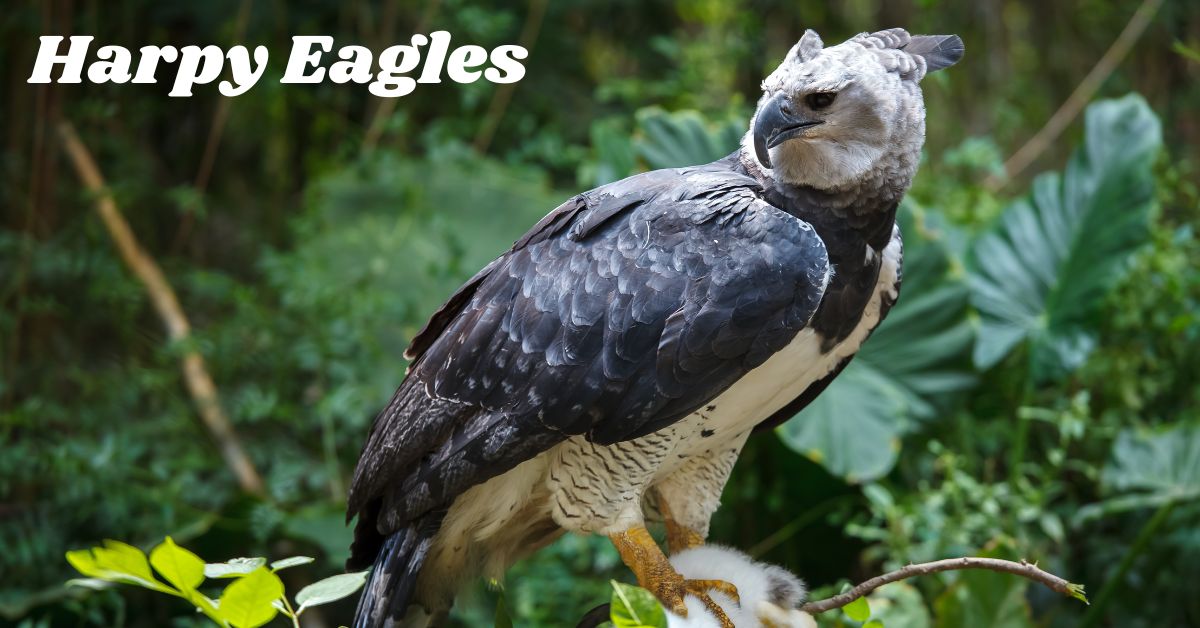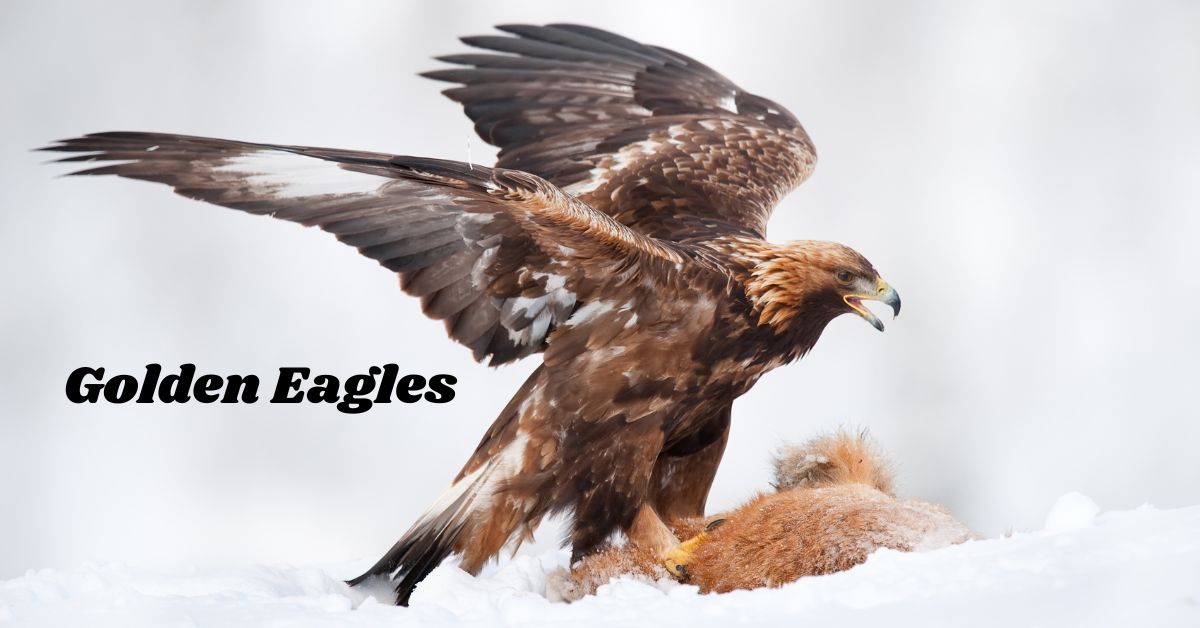Eagles are frequently respected as the rulers of the sky, symbolizing control, flexibility, and sharp vision. These grand fowls of prey have captivated human creative ability for centuries and are included unmistakably in different societies and legends. This article investigates the characteristics, environment, and captivating actualities approximately hawks, advertising an in-depth see at why they are so revered.
Key Takeaways
- Majestic Feathered creatures: Eagles are known for their effective construct, sharp vision, and amazing chasing skills.
- Diverse Species: There are over 60 species of hawks, each with interesting characteristics and habitats.
- Habitat: Eagles are found around the world, basically in timberlands, mountains, and close water bodies.
- Diet: Their count calories basically comprises of angle, little warm blooded creatures, and other birds.
- Conservation: Numerous hawk species are undermined by territory misfortune and natural changes.
Table: Comparison of Popular Eagle Species
Species |
Wingspan |
Habitat |
Diet |
Conservation Status |
|---|---|---|---|---|
| Bald Eagle | 6-7.5 feet | Near water bodies | Fish, small mammals | Least Concern |
| Golden Eagle | 6-7.5 feet | Mountains, open plains | Small mammals, birds | Least Concern |
| Harpy Eagle | 6.5-7.5 feet | Tropical rainforests | Monkeys, sloths | Near Threatened |
| Philippine Eagle | 6-7 feet | Forests in the Philippines | Monkeys, large birds | Critically Endangered |
| Steppe Eagle | 5.5-6.5 feet | Grasslands, savannas | Small mammals, carrion | Endangered |
Notable Eagles Species
Here are more subtle elements around a few striking falcon species:
Harpy Eagles(Harpia harpyja):

- Habitat: Found in the tropical rainforests of Central and South America.
- Diet: Preys on monkeys, sloths, and other medium-sized mammals.
- Conservation Status: Close Undermined due to living space devastation and hunting.
Philippine Eagles(Pithecophaga jefferyi):

- Habitat: Possesses the woodlands of the Philippines.
- Diet: Bolsters on monkeys, expansive feathered creatures, and reptiles.
- Conservation Status: Basically Imperiled due to deforestation and human encroachment.
Golden Eagles(Aquila chrysaetos):

- Habitat: Found in the mountains and open fields of North America, Europe, and Asia.
- Diet: Chases little well evolved creatures, fowls, and sometimes bigger prey like deer fawns.
- Conservation Status: Slightest Concern, but neighborhood populaces may be debilitated by territory misfortune and poisoning.
Characteristics of Eagles
Eagles have a few unmistakable highlights that set them separated from other fowls of prey:
- Size and Quality: Eagles are huge winged creatures, with a few species like the Harpy Eagles and the Philippine Hawk having wingspans surpassing 7 feet.
- Vision: Their vision is up to eight times more capable than that of people, permitting them to spot prey from extraordinary distances.
- Beak and Claws: Eagles have solid, snared bills and sharp claws planned for tearing tissue and holding prey.
- Flight: Hawks are known for their effective flight, competent of taking off at tall elevations and jumping at unimaginable speeds to capture prey.
- Lifespan: They have a generally long life expectancy, regularly living up to 20-30 a long time in the wild.
Habitat of Eagles
Eagles are profoundly versatile winged creatures that possess a assortment of habitats:
- Forests: Numerous hawk species favor thick timberlands where they can discover inexhaustible prey and settling sites.
- Mountains: Tall heights give falcons with vantage focuses to spot prey and dodge human disturbances.
- Near Water Bodies: Species like the Bare Hawk flourish close lakes, streams, and coastal ranges where angle are plentiful.
- Open Fields: A few hawks, such as the Steppe Falcon, possess open prairies and savannas.
Advantages of Eagles
Eagles play a pivotal part in their biological systems and offer a few advantages:
- Pest Control: By preying on rodents and other little creatures, hawks offer assistance control bug populations.
- Ecological Adjust: As beat predators, hawks keep up the adjust in their nourishment chains.
- Indicator Species: Eagles are frequently utilized as pointer species to evaluate the wellbeing of their environments.
- Cultural Centrality: Eagles hold critical social and typical esteem in numerous societies.
Detailed Data About Eagles
Evolution and Classification
Eagles have a place to the family Accipitridae, which incorporates other feathered creatures of prey like falcons, kites, and harriers. They are partitioned into a few genera, with the most striking ones being Aquila (genuine hawks), Haliaeetus (ocean falcons), and Harpia (harpy hawks). The developmental history of hawk follows back to the early Oligocene age, around 30 million a long time prior, showing their long-standing nearness on Earth.
Behavioral Characteristics
Eagles are known for their complex behaviors, which include:
- Territoriality: Eagles are exceedingly regional and regularly keep up huge domains that they protect enthusiastically from gatecrashers. They utilize vocalizations, shows, and ethereal interests to check and guard their territory.
- Mating and Breeding: Most falcon species are monogamous, shaping long-term match bonds that can final for numerous a long time. They lock in in expand romance shows, which incorporate airborne gymnastics and synchronized flight designs. hawk sets regularly return to the same settling location year after year, including unused fabric to the settle each breeding season.
- Parental Care: hawk are mindful guardians, with both male and female sharing obligations in hatching eggs and bolstering the chicks. The chicks, or eaglets, develop quickly and are ordinarily prepared to fledge (take off the settle) inside a few months.
Adaptations for Hunting
Eagles have advanced a few adjustments that make them productive hunters:
- Keen Vision: Eagles have outstandingly sharp vision, permitting them to identify prey from extraordinary separations. Their eyes are prepared with a tall thickness of photoreceptor cells, huge understudies that minimize diffraction, and a huge cornea that upgrades their field of view.
- Powerful Flight: hawk have solid, strong wings that empower them to take off for long periods with negligible vitality use. Their flight muscles are exceedingly created, permitting for effective fluttering when necessary.
- Sharp Claws and Snouts: The claws of hawk are bended and razor-sharp, outlined to penetrate and hold onto battling prey. Their noses are solid and snared, culminate for tearing flesh.
Ecological Role
Eagles involve the best of the nourishment chain in their particular environments, playing a pivotal part in keeping up the adjust of their ecosystems:
- Scavenging: A few hawk species, such as the Bare Falcon, will rummage for nourishment, nourishing on carrion (dead creatures). This behavior makes a difference to clean up the environment and reuse nutrients.
- Predation: By preying on a assortment of creatures, hawks offer assistance control the populaces of their prey species, avoiding overpopulation and the resultant consumption of resources.
- Indicator Species: Eagles are delicate to natural changes and can serve as pointer species. Decays in hawk populaces frequently flag broader environmental issues, inciting preservation endeavors that advantage different species.
Conservation Efforts
Efforts to moderate hawk populaces center on territory assurance, contamination control, and lawful protection:
- Protected Ranges: Building up secured regions where falcons can live and breed without human unsettling influence is pivotal. National parks, natural life saves, and preservation regions give secure safe houses for these birds.
- Pollution Control: Diminishing the utilize of destructive pesticides and controlling contamination are fundamental steps in defending falcon populaces. For illustration, the boycott on DDT in the Joined together States driven to a critical recuperation of the Bare Falcon population.
- Education and Backing: Raising open mindfulness almost the significance of hawks and the dangers they confront can lead to more bolster for preservation activities. Natural organizations regularly lock in in instructive campaigns and backing to advance falcon conservation.
Human-Eagle Interactions
Eagles have a complex relationship with people, frequently venerated and feared:
- Cultural Imagery: Eagles include unmistakably in different societies as images of control, flexibility, and otherworldly centrality. For case, the Bare Hawk is a national image of the Joined together States.
- Falconry: A few societies hone falconry, utilizing hawks for chasing. This antiquated convention exhibits the bond between people and these capable birds.
- Conflict and Preservation: Eagles some of the time come into struggle with human exercises, such as cultivating and animals raising. Preservation programs point to moderate these clashes through instruction and community involvement.
Ongoing Research
Research on falcons proceeds to reveal unused experiences into their behavior, environment, and preservation needs:
- Tracking Developments: Researchers utilize disciple following to screen hawk developments and relocation designs, giving important information for preservation planning.
- Genetic Ponders: Hereditary investigate makes a difference get it the differences inside falcon populaces and advises breeding programs for imperiled species.
- Behavioral Perceptions: Nitty gritty considers of falcon behavior, counting chasing procedures and social intuitive, contribute to a more profound understanding of their ecology.
FAQs About Eagles
What do Eagles eat?
Eagles essentially eat angle, little warm blooded animals, feathered creatures, and every so often carrion. Their eat less changes depending on the species and accessibility of prey in their habitat.
How do Eagles hunt?
Eagles utilize their sharp visual perception to spot prey from tall elevations. They at that point plunge at tall speeds, utilizing their capable claws to capture and slaughter their prey.
Where do Eagles construct their nests?
Eagles ordinarily construct their homes, known as eyries, in tall trees, on cliffs, or other hoisted areas. They favor destinations that give a wide see of the encompassing area.
Are Eagles endangered?
Some hawk species are imperiled due to territory misfortune, contamination, and human exercises. For case, the Philippine Hawk is basically imperiled, whereas the Bare Falcon has recuperated from the brink of extinction.
How long do Eagles live?
Eagles can live up to 20-30 a long time in the wild. In imprisonment, a few hawks have been known to live indeed longer due to the nonattendance of predators and get to to normal nourishment and therapeutic care.
Conclusion
Eagles are really the lords of the sky, epitomizing quality, magnificence, and a basic part in their environments. Their amazing characteristics, assorted territories, and critical biological affect make them captivating subjects of consider and preservation. In any case, the challenges they confront require persistent endeavors to ensure their territories and guarantee their survival. By understanding and increasing in value these wonderful feathered creatures, we can contribute to their conservation and the wellbeing of our common world.


